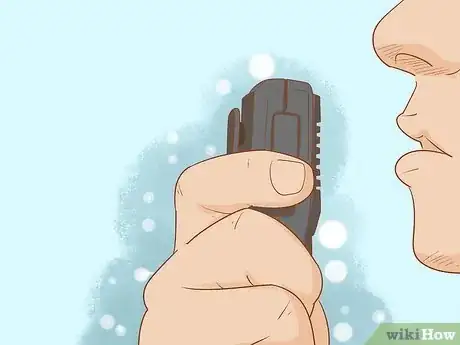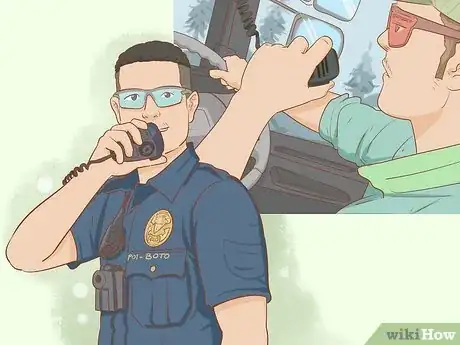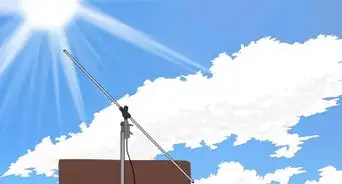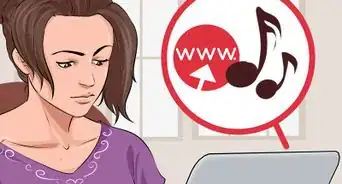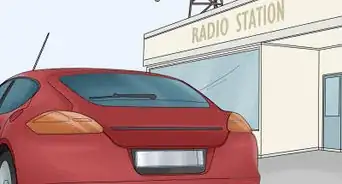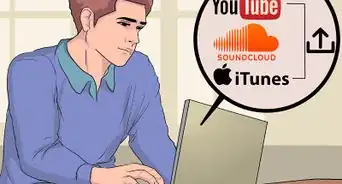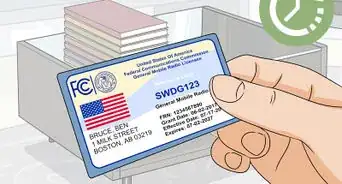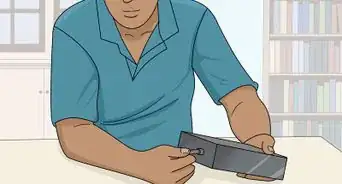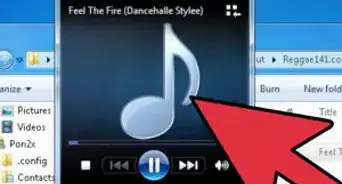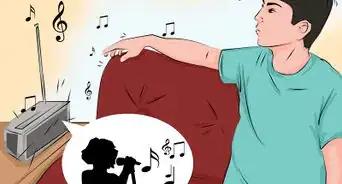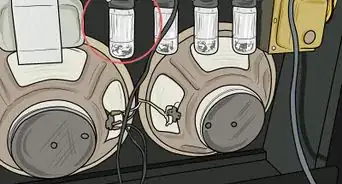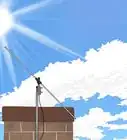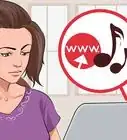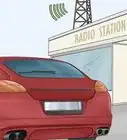This article was co-authored by wikiHow staff writer, Eric McClure. Eric McClure is an editing fellow at wikiHow where he has been editing, researching, and creating content since 2019. A former educator and poet, his work has appeared in Carcinogenic Poetry, Shot Glass Journal, Prairie Margins, and The Rusty Nail. His digital chapbook, The Internet, was also published in TL;DR Magazine. He was the winner of the Paul Carroll award for outstanding achievement in creative writing in 2014, and he was a featured reader at the Poetry Foundation’s Open Door Reading Series in 2015. Eric holds a BA in English from the University of Illinois at Chicago, and an MEd in secondary education from DePaul University.
There are 7 references cited in this article, which can be found at the bottom of the page.
This article has been viewed 33,737 times.
Learn more...
Wondering what’s actually going on when you hear “10-4” coming through the radio in a cop show? Got a new job where you’re going to be using a radio? 10-4 is just one of the 200 “ten codes,” a set of universal, formal communications used over citizens band radio (CB radio, for short). In this article, we’ll walk you through what 10-4 means, show you how to use it, and break down a few other basics of CB speak if you’re going to use a radio.
Steps
How do you use 10-4?
-
1Reply with “10-4” when someone messages you directly. Citizens band frequencies are open to the public, which means that anyone with a CB radio who happens to be in range can communicate with you. If anyone calls you for any reason, you would say “10-4” just to acknowledge that you hear them.[3]
- In a professional setting (i.e. you work as a truck driver), you’d know if someone is messaging you when they reference your callsign.
- You do not need to reply to general messages that don’t concern you or aren’t addressed to you specifically.
-
2Use “10-4” to acknowledge and confirm a request. If someone asks you to do something, like look out on the road ahead for stopped vehicles, or give you the coordinates of a location, you can say “10-4” as a way of saying “I hear you, and I will do that.”[4]
- A 10-4 on its own would signal that you’re accepting the request, just to be totally clear.
-
3Say “10-4, over” to let people know when you’re done talking. If you were in the middle of a back-and-forth conversation, you use the word “over” to signal that you’re done speaking. It doesn’t necessarily mean that the conversation is over, just that you don’t have anything else to say and you’re awaiting a response.[5]
- If you did want to end the conversation, you would say, “10-4, out.” This means you understand what they said and you’re getting off of the radio or leaving.
- You never actually say “over and out” if you’re using a proper CB channel. You can totally use it casually, though!
- In more laid back environments, “10-4, Rodger” can be used in place of “10-4, over.”[6]
References
- ↑ https://www.tucsonaz.gov/police/radio-codes
- ↑ https://www.k-state.edu/ksuarc/codes.pdf
- ↑ https://www.tucsonaz.gov/police/radio-codes
- ↑ https://www.tucsonaz.gov/police/radio-codes
- ↑ https://www.csudh.edu/Assets/csudh-sites/dhpd/emergency-preparedness/two%20way%20radio%20protocol.pdf
- ↑ https://www.smart-trucking.com/cb-lingo/
- ↑ https://www.police1.com/police-products/communications/articles/police-10-codes-vs-plain-language-the-history-and-ongoing-debate-zFVa5Fkggm8NKBPM/
- ↑ https://www.alicetraining.com/wp-content/uploads/2016/03/FEMA-Plain-Language-Guide.pdf
- ↑ https://www.alicetraining.com/wp-content/uploads/2016/03/FEMA-Plain-Language-Guide.pdf
- ↑ https://www.k-state.edu/ksuarc/codes.pdf
- ↑ https://www.csudh.edu/Assets/csudh-sites/dhpd/emergency-preparedness/two%20way%20radio%20protocol.pdf
- ↑ https://www.csudh.edu/Assets/csudh-sites/dhpd/emergency-preparedness/two%20way%20radio%20protocol.pdf
- ↑ https://cbradiosupply.com/blogs/news/cb-radio-etiquette-the-proper-way-to-communicate
- ↑ https://www.csudh.edu/Assets/csudh-sites/dhpd/emergency-preparedness/two%20way%20radio%20protocol.pdf





